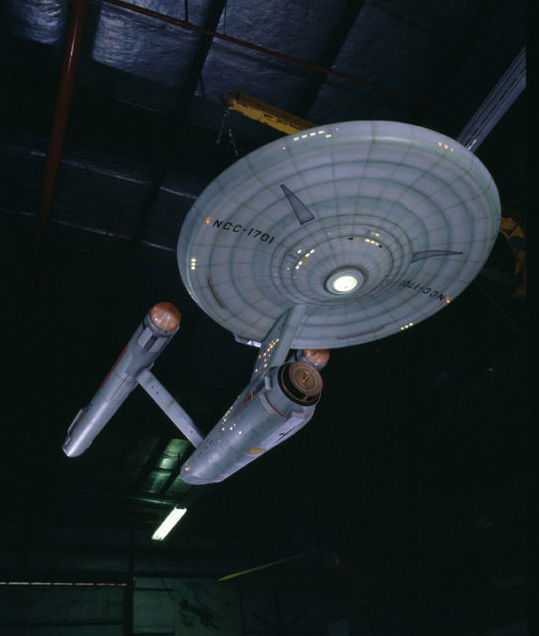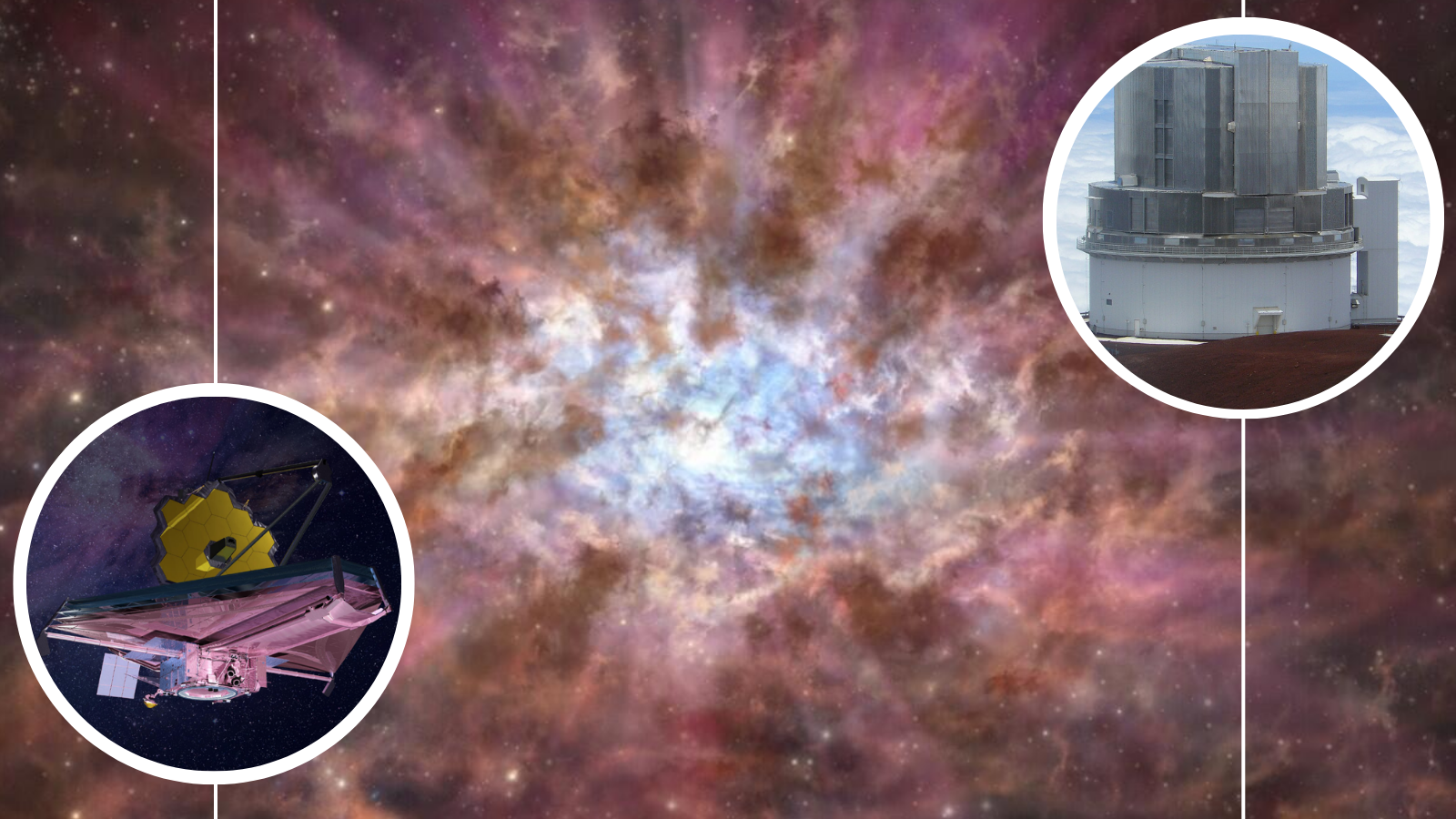The 100-Year Starship: US Agencies Ponder Interstellar Travel

Warp drives. Artificial gravity. Terraforming planets. These concepts might sound as though they're ripped from the pages of science fiction, but they're the topic of serious scientific presentations at a symposium this weekend sponsored by DARPA, the Defense Advanced Research Projects Agency.
Called the 100-Year Starship Symposium, the public event will run Sept. 30 to Oct. 2 in Orlando, Fla. For three days, scientists from universities, NASA centers and private institutions will discuss far-out ideas for building a spaceship to visit another star.
Humans have sent probes to planets and asteroids throughout our solar system, and one should leave the solar system next year (though it took the craft, Voyager 1, more than 30 years to get that far). But we've never come close to propelling a manmade object as far as another star. [Gallery: Visions of Future Human Spaceflight]
The nearest star to the sun, Alpha Centauri, is more than four light-years away, meaning something traveling at light speed would take four years to reach it. Any object with mass, such as a spacecraft, would have to travel significantly slower, according to the laws of conventional physics.
But that's not stopping NASA and DARPA, the agency responsible for some of the early innovations that led to the Internet, from imagining such a mission. The two agencies have teamed up on a $1 million project called the 100-Year Starship Study to begin contemplating technologies and organizational strategies that could enable an interstellar mission to launch within 100 years.
"The 100-Year Starship is about more than building a spacecraft or any one specific technology," DARPA officials wrote in a statement. "Through this effort, DARPA seeks to inspire several generations to commit to the research and development of breakthrough technologies and cross-cutting innovations across myriad disciplines."
The symposium this weekend will feature notable scientists such as Jill Tarter from the SETI (Search for Extraterrestrial Intelligence) Institute and former NASA astronaut Mae Jemison, as well as science fiction authors such as Stephen Baxter, Robert J. Sawyer and Elizabeth Bear. Industry leaders such as Virgin Galactic president and CEO George Whitesides will also present at the symposium. [The Top 10 Star Trek Technologies]
Breaking space news, the latest updates on rocket launches, skywatching events and more!
Panels will include debates on the merits of fusion versus nuclear thermal propulsion, as well as the social and psychological implications of sending humans on a one-way mission to the stars. Religious and philosophical aspects of interstellar travel will also be discussed.
But a note to would-be space travelers: It's too soon to sign up for the trip.
"Neither DARPA nor NASA are actually building a 100-Year Starship," DARPA officials wrote. "We are planting seeds for an organization. Consequently we are not taking starship crew applications at the present time."
Check back at SPACE.com for senior writer Clara Moskowitz's live reporting from the scene.
You can follow SPACE.com senior writer Clara Moskowitz on Twitter @ClaraMoskowitz. Follow SPACE.com for the latest in space science and exploration news on Twitter @Spacedotcom and on Facebook.
Join our Space Forums to keep talking space on the latest missions, night sky and more! And if you have a news tip, correction or comment, let us know at: community@space.com.

Clara Moskowitz is a science and space writer who joined the Space.com team in 2008 and served as Assistant Managing Editor from 2011 to 2013. Clara has a bachelor's degree in astronomy and physics from Wesleyan University, and a graduate certificate in science writing from the University of California, Santa Cruz. She covers everything from astronomy to human spaceflight and once aced a NASTAR suborbital spaceflight training program for space missions. Clara is currently Associate Editor of Scientific American. To see her latest project is, follow Clara on Twitter.
